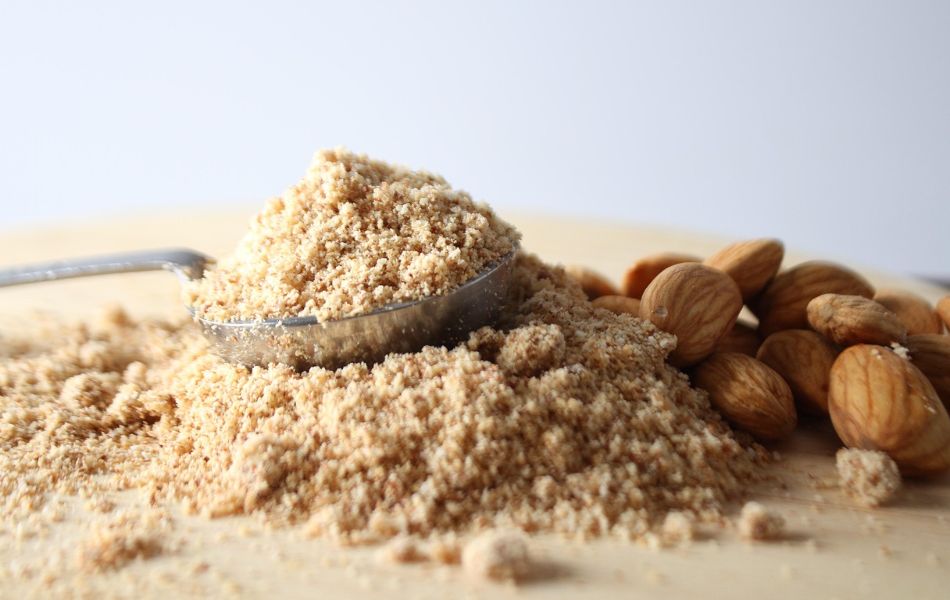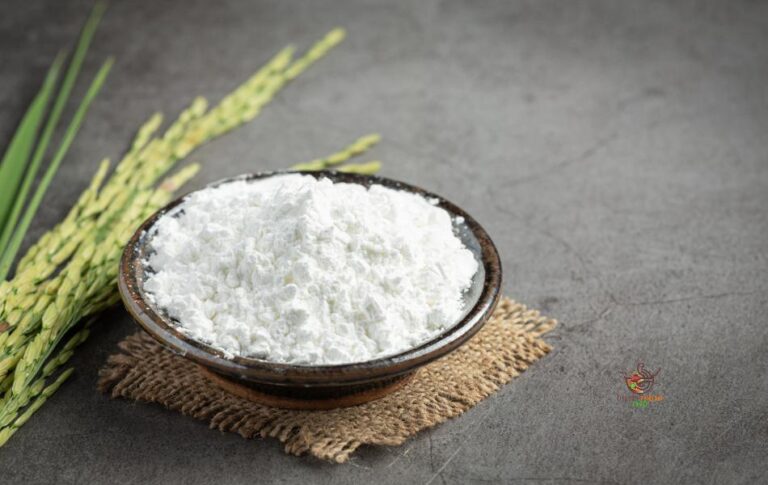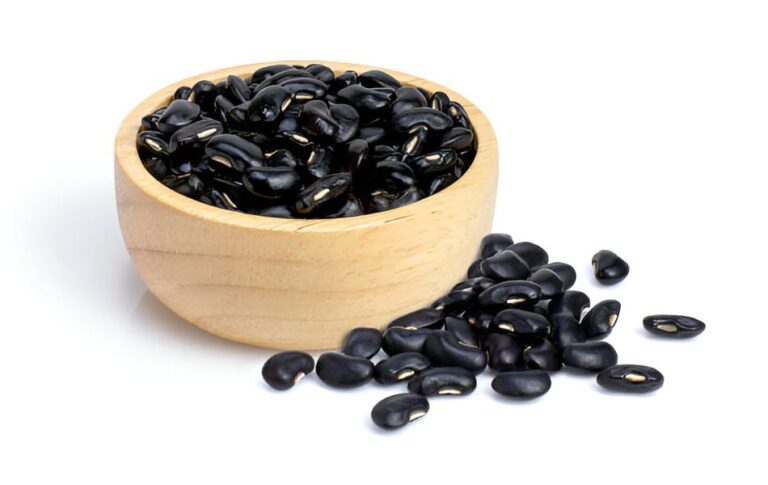What Can You Use as a Substitute for Almond Flour?
Almond flour is a popular ingredient in many kitchens, especially for those who follow gluten-free or low-carb diets. It adds a nutty flavor and provides a delicate texture to baked goods. However, whether you’re allergic to almonds, trying to cut costs, or don’t have any on hand, no need to worry! There are several great substitutes for almond flour.
In this article, we’ll explore the best alternatives and how to use them in your favorite recipes.
Why Do People Use Almond Flour?
Before exploring substitutes, it’s important to understand why almond flour is so popular.
- Gluten-Free Baking: Almond flour is a favorite among those with gluten intolerance or those following low-carb or ketogenic diets.
- Rich Flavor and Texture: Its nutty aroma and slightly dense texture elevate sweet and savory dishes.
- Nutritional Benefits: Almond flour is high in protein, healthy fats, and vitamin E, making it a nutritious option.
Knowing these qualities ensures you find substitutes that deliver similar results.
Why Consider a Substitute for Almond Flour?
Almond flour is a fantastic ingredient, but it might not always be the right choice. Here are a few reasons you might need a substitute:
- Allergies: Almonds are a common allergen, and those with nut allergies need a safe alternative.
- Cost: Almond flour can be pricey, especially if you bake often. Substituting with more affordable ingredients can save you money.
- Dietary Restrictions: If you’re following a different diet (like paleo or keto), you might prefer flour with fewer carbs or higher protein.
- Availability: Sometimes you just don’t have almond flour in your pantry, and you need to make do with what you’ve got.
Luckily, there are plenty of options to replace almond flour in your recipes without sacrificing flavor or texture.
Best Substitutes for Almond Flour
1. Coconut Flour
Coconut flour is a popular gluten-free and low-carb alternative to almond flour. It’s made from dried coconut meat, making it a great choice for those following paleo or keto diets.
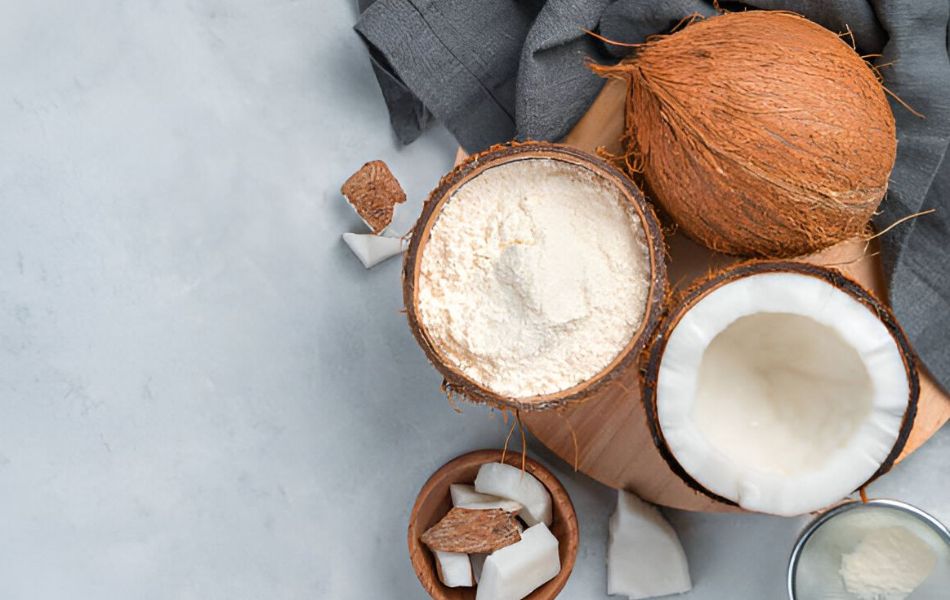
- How to Use: Coconut flour is more absorbent than almond flour, so you’ll need to use less of it. Typically, for every 1 cup of almond flour, use only about 1/4 to 1/3 cup of coconut flour. You’ll also need to add extra liquid to the recipe to compensate for the moisture it absorbs.
- Flavor and Texture: Coconut flour has a mild coconut flavor, which works well in many recipes, especially those with tropical flavors. The texture is dense and drier compared to almond flour, so it might not provide the same lightness in baked goods.
- Best For: Muffins, Pancakes and Cookies.
2. Sunflower Seed Flour
Sunflower seed flour is a fantastic nut-free option for those with allergies. It’s made from ground sunflower seeds and has a similar texture to almond flour.
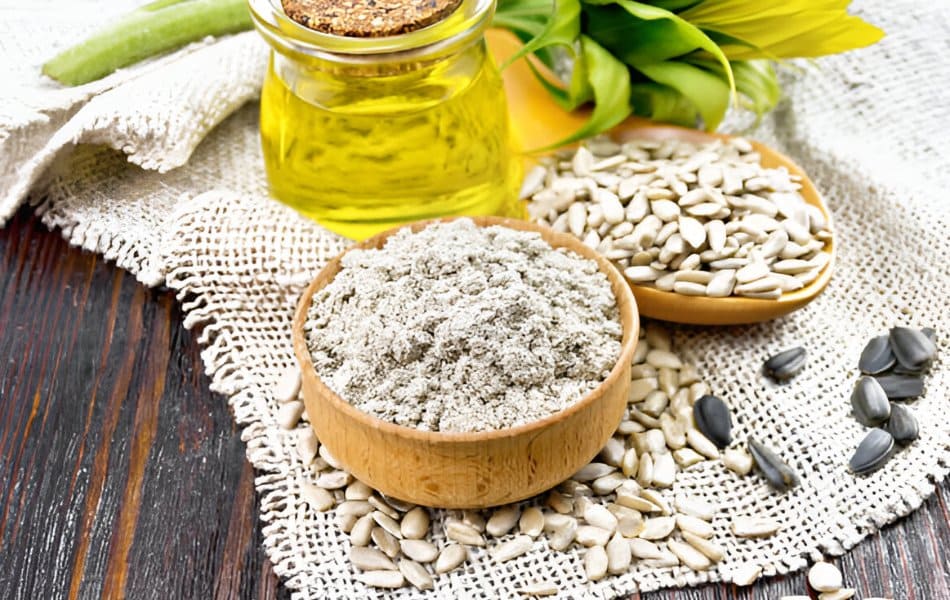
- How to Use: You can substitute sunflower seed flour in a 1:1 ratio for almond flour.
- Flavor and Texture: Sunflower seed flour has a mild, slightly earthy flavor, but it won’t overwhelm your recipes. It provides a similar crumbly texture as almond flour and is great for gluten-free or nut-free baking.
- Best For: Nut-free bread, Waffles, and Quick bread.
Pro Tip: Note that sunflower seed flour sometimes reacts with baking soda, giving baked goods a greenish hue. This doesn’t affect the taste but can be neutralized by adding a splash of lemon juice or vinegar.
3. Oat Flour
If you’re looking for a more affordable option, oat flour might be the perfect substitute. Made from ground oats, this flour is widely available and is a great choice for both gluten-free and vegan diets.
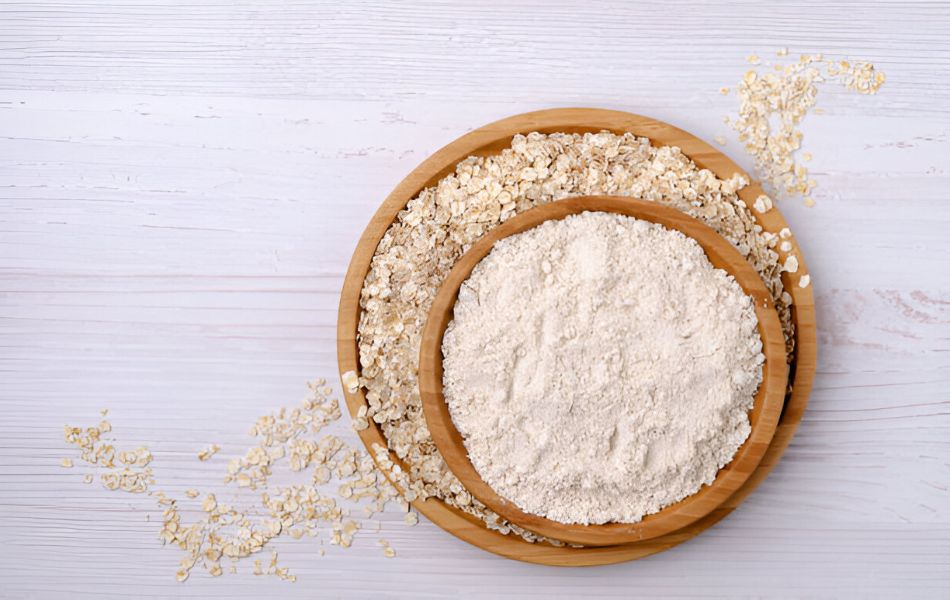
- How to Use: Use a 1:1 ratio, but keep in mind oat flour is not as rich in fats as almond flour. Adding a little oil or butter can help replicate the texture.
- Flavor and Texture: Oat flour has a mild, slightly sweet flavor that complements many baked goods. It gives a soft, chewy texture, making it ideal for cookies, muffins, and pancakes.
- Best For: Cakes, Muffins and Pancakes.
Pro Tip: You can make oat flour at home by blending oats in a food processor until powdery.
4. Flaxseed Meal
Flaxseed meal, made from ground flaxseeds, is another excellent substitute for almond flour. It’s high in fiber and omega-3 fatty acids, making it a nutritious option.
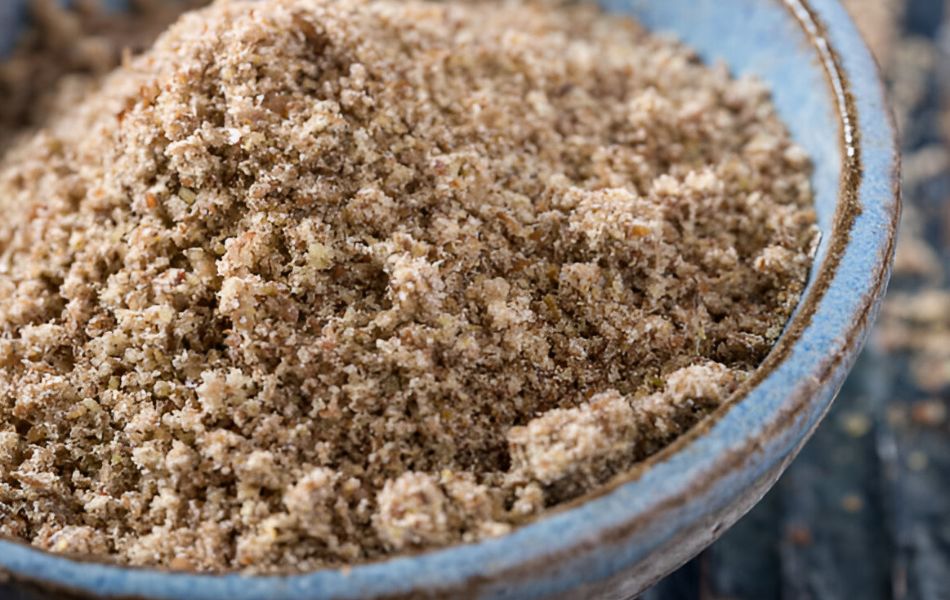
- How to Use: Flaxseed meal can replace almond flour in a 1:1 ratio. However, since it’s a bit denser, you might need to increase the liquid in your recipe.
- Flavor and Texture: Flaxseed meal has a mild, slightly nutty flavor. It gives baked goods a heavier, denser texture, so it’s ideal for recipes like bread, muffins, and pancakes.
- Best For: Bread, Muffins, Pancakes, and Energy Bars.
Pro Tip: To improve the texture and binding properties, combine a flaxseed meal with another gluten-free flour or add an extra egg to your recipe. This helps prevent crumbliness and enhances moisture retention in baked goods.
5. All-Purpose Flour
All-purpose flour is a convenient and widely available substitute for almond flour, especially if you don’t need a gluten-free option. However, it doesn’t provide the same rich, nutty flavor or low-carb benefits as almond flour.
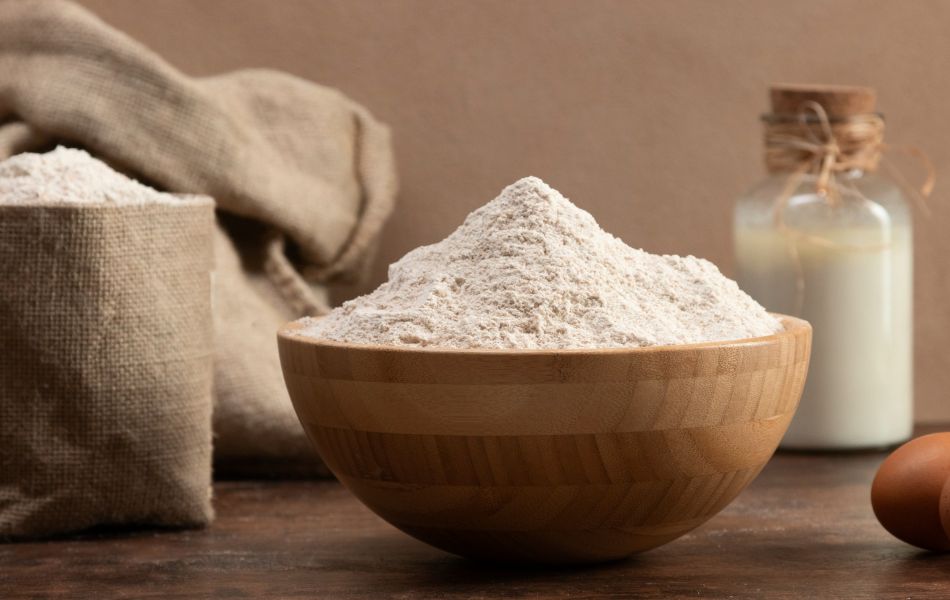
- How to Use: Replace almond flour with all-purpose flour in a 1:1 ratio. Since all-purpose flour is less absorbent, reduce the liquid in the recipe slightly to maintain the right consistency.
- Flavor and Texture: All-purpose flour has a neutral flavor and creates a lighter, fluffier texture compared to almond flour. It provides a more traditional crumb in baked goods.
- Best For: Cakes, Cookies, and Bread.
Pro Tip: If you’re converting a gluten-free recipe to one with all-purpose flour, consider adding a bit more leavening agent (like baking powder) to achieve the desired rise and fluffiness.
6. Chickpea Flour
Chickpea flour, made from ground chickpeas, is another nutrient-packed option. It’s high in protein and fiber and works well in savory recipes.
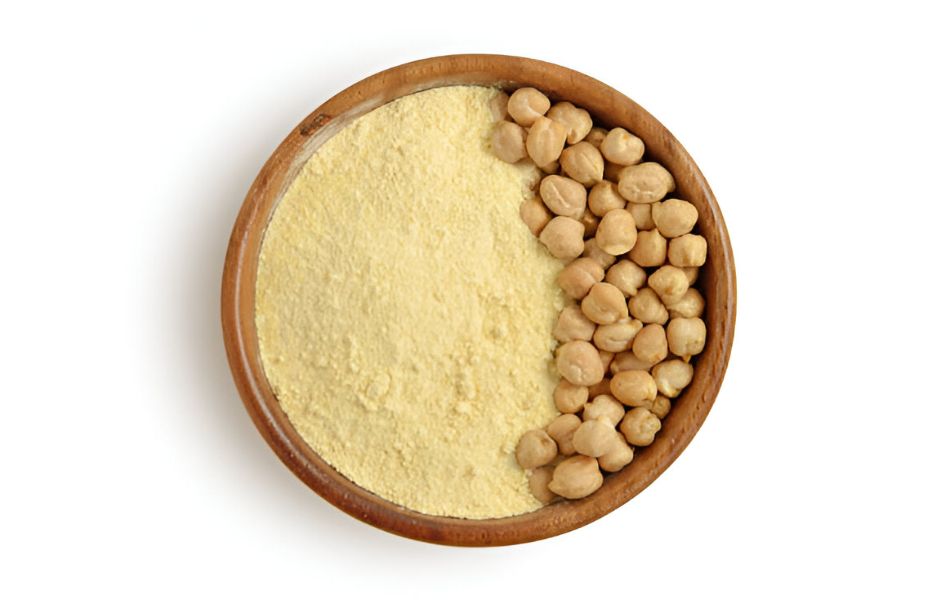
- How to Use: Use chickpea flour in a 1:1 ratio for almond flour in savory dishes like veggie burgers, fritters, or crackers. For baking, you may need to combine it with another flour, as it can be a bit dense.
- Flavor and Texture: Chickpea flour has a slightly nutty flavor and dense texture. It’s best used in savory recipes, but with the right combination of ingredients, it can also work in some sweet baked goods.
- Best For: Savory pancakes, Flatbreads, and Biscuits.
7. Rice Flour
Rice flour is a great gluten-free substitute for almond flour, and it’s commonly used in Asian and Middle Eastern cooking. It’s inexpensive and easy to find.
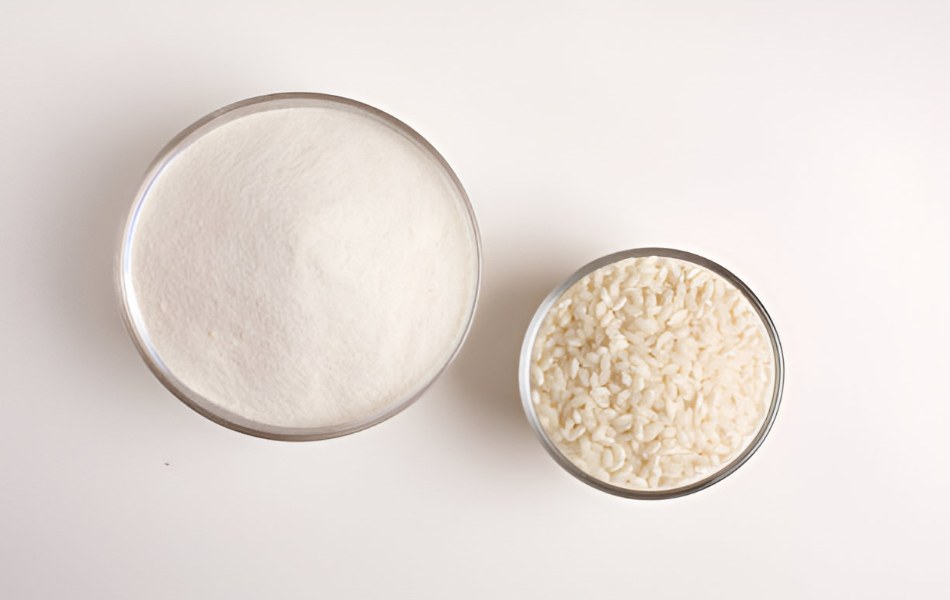
- How to Use: Rice flour can be used in a 1:1 ratio as a substitute for almond flour. It works best in recipes where texture isn’t as critical.
- Flavor and Texture: Rice flour has a neutral flavor and provides a slightly gritty texture. It won’t give the same moistness as almond flour, so you may need to adjust your liquids accordingly.
- Best For: Pancakes, batters, or coatings for fried foods.
8. Hazelnut Flour
Hazelnut flour is quite similar to almond flour in taste and texture, making it an ideal substitute in recipes that call for a nutty flavor profile.
- How to Use: Swap hazelnut flour in a 1:1 ratio for almond flour. It works well in most recipes but may require slightly more binding agents (like eggs) due to its coarser texture.
- Flavor and Texture: Hazelnut flour has a rich, nutty flavor with a slightly sweet undertone. It adds a delicate crumb and moistness to baked goods but can be a bit denser than almond flour.
- Best For: Brownies, Pie Crusts, and Cookies.
Pro Tip: Toast the hazelnut flour lightly before using it to enhance its nutty flavor and add a deeper, more aromatic profile to your baked goods.
9. Chia Seed Flour
Chia seed flour is another excellent, nutritious alternative. Like flaxseed, chia seeds are high in omega-3s and fiber, and they provide a slightly crunchy texture to your baking.
- How to Use: Use chia seed flour in a 1:1 ratio for almond flour. You might need to add a little extra liquid due to the absorbent nature of chia seeds.
- Flavor and Texture: Chia seed flour has a subtle flavor that won’t overpower your recipes. The texture can be slightly grainy, so it works well in cookies, muffins, and bread.
How to Choose the Proper Substitute
Choosing the right almond flour substitute depends on your specific needs. Here’s a quick guide to help you decide:
- For sweet baked goods (like cakes and cookies), try using oat flour or coconut flour.
- If you’re looking for a nut-free option, sunflower seed flour or oat flour are excellent choices.
- For budget-friendly options, oat flour or chickpea flour.
- For a gluten-free alternative, coconut flour, oat flour, and rice flour are especially popular.
- For similar flavor and texture, hazelnut flour or sunflower seed flour.
Pro Tips for Your Substitutes
- Blend Flours: For best results, you can mix substitutes. For example, combining oat flour and coconut flour can give a balanced texture.
- Watch Ratios: Some flours absorb more liquid than almond flour, so adjust your recipe accordingly.
- Experiment: Don’t hesitate to test options to find what works best for your specific recipes!
See Also – Substitutes for Gram Flour: Try These 16 Alternatives
Final Thoughts
Almond flour brings a lot to the table, but running out or having dietary restrictions shouldn’t stop you from enjoying your favorite dishes. With these substitutes – like coconut flour, sunflower seed flour, oat flour, and more – you can still create delicious and satisfying meals.

